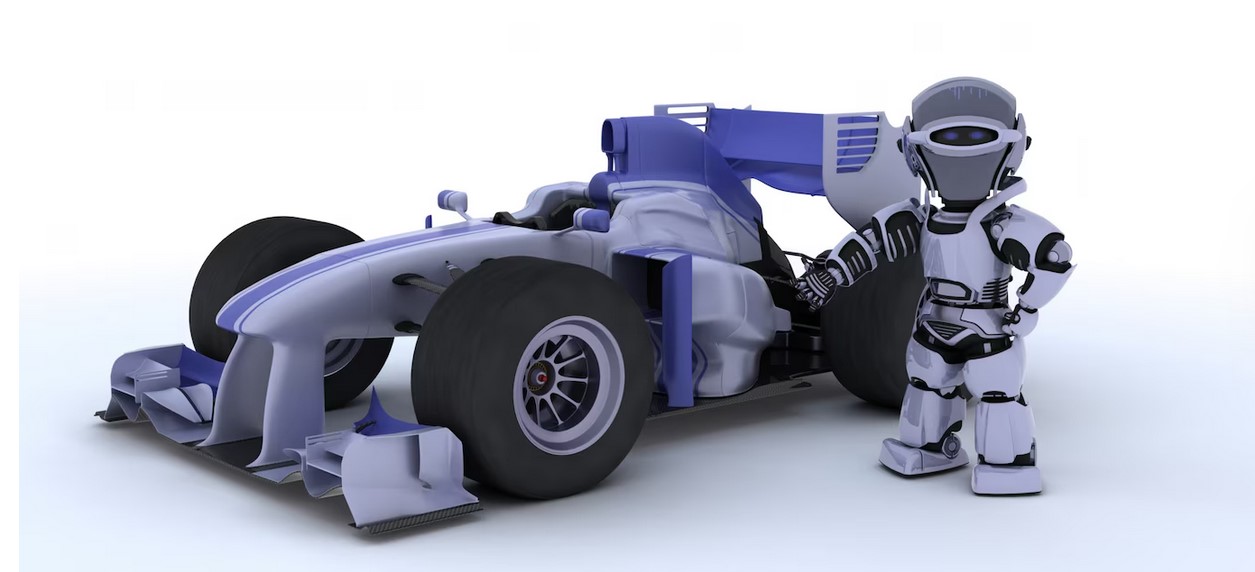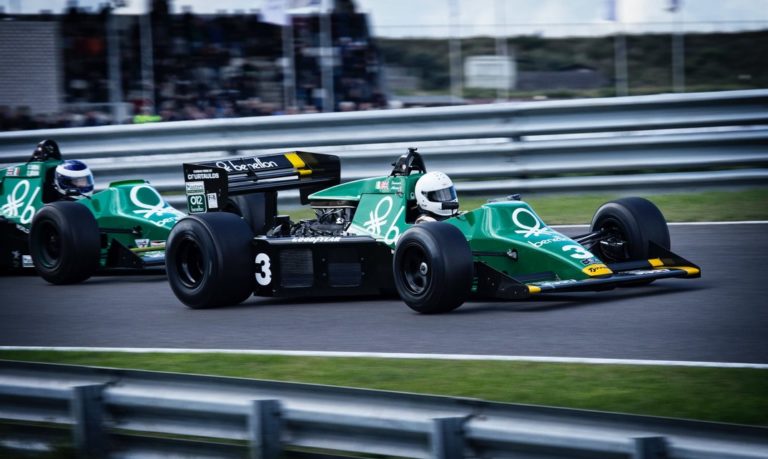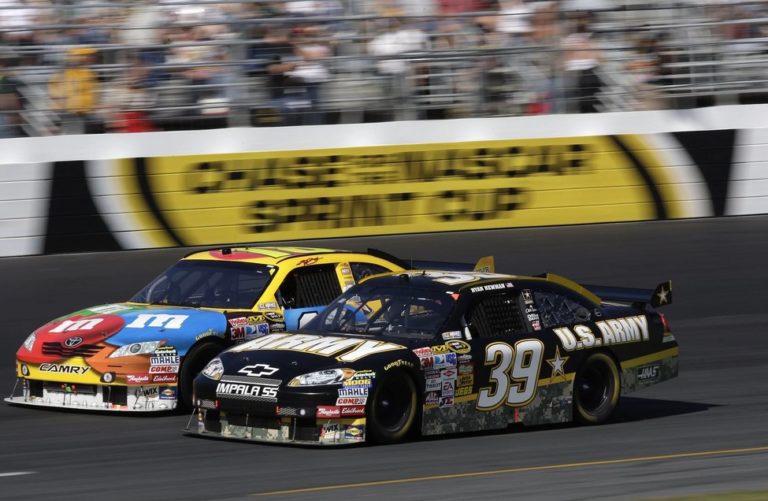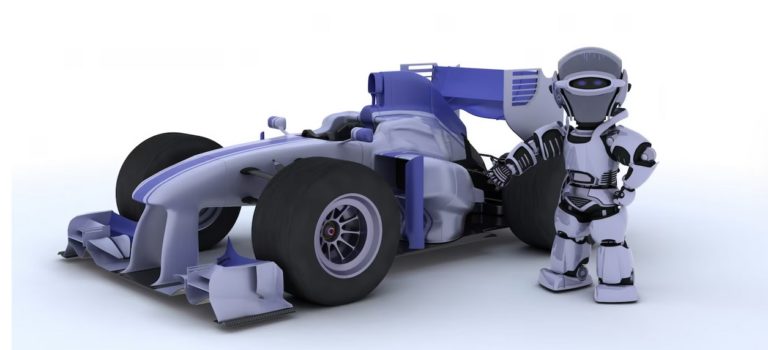Auto racing has thrilled spectators and challenged drivers for over a century. As technology advances, two key innovations look set to transform the sport in the coming years – electric powertrains and autonomous driving. This article will explore how electric and self-driving race cars could change the face of motorsports. We will analyze the benefits, limitations and safety considerations that will shape this emerging field.
New Sources of Speed: Electric Motors Rev Up Racing
All-electric race cars are now a reality, spearheaded by events such as Formula E which launched in 2014. Electric motors offer key advantages over internal combustion engines. Instant torque delivers neck-snapping acceleration out of corners, while sophisticated software perfectly tunes power delivery. Lighter engines and the absence of gear changes allow more dynamic handling. Additionally, electric drivetrains simplify mechanical design and reduce costs. With advances in battery energy density and charging times, range anxiety is diminishing.
However, electric racing is not without challenges. Output must be software-limited to avoid dangerously quick speeds. Energy management and battery endurance remain concerns, especially for longer events. Charging logistics at tracks require upgrades. The distinctive high-revving sound of combustion engines is lost. Still, driver feedback on electric prototypes remains positive. As technology improves, electric drivetrains look set to dominate racing. Legacy internal combustion classes may persist for heritage value, but electric power clearly represents the future.
Self-Driving Cars Take the Wheel
Autonomous driving technology has advanced enormously in recent years. Several high-profile demonstrations have shown self-driving race cars can achieve remarkable lap times. This hints at the exciting possibility of robotic racing leagues in the future.
Removing human drivers could allow cars to safely explore performance extremes. Autonomous control systems react faster than humans and execute driving maneuvers with mechanical precision. Freed from biological limits, robotic cars may achieve cornering forces and speeds far beyond what human drivers can withstand. Pit stops could be eliminated by removing the driver from the equation. Races could even be held fully autonomously with no human intervention required.
Nevertheless, self-driving racing remains controversial. Many argue that replacing human drivers diminishes the core elements of skill, courage and competition valued in motorsports. Software management of risks versus rewards lacks the human judgment and instincts that top drivers possess. Fans may struggle to relate to robotic competitors. Questions also persist around liability for accidents and technical failures.
Safety Innovations to Protect Drivers and Spectators
As race cars become faster and more powerful, safety must remain a priority. Thankfully, enormous progress has been made in protecting drivers over the years. Developments such as impact-absorbing barriers, advanced helmet designs, fire-resistant suits, HANS devices and stronger chassis structures have greatly improved survivability. However, risks can never be eliminated entirely.
Looking ahead, further advances are required to manage the extreme performance of electric and autonomous racing machines. Reinforced crash structures, measures to prevent battery fires, and high-tech active suspension systems could become standard features. For autonomous racing, multiple fail-safe systems and redundant communications networks will be essential to ensure flawless control even at mind-bending speeds. Trackside barriers may need further reinforcement.
Spectator safety is also paramount. Lower noise levels from electric motors reduce hearing hazards but introduce the risk of unaware pedestrians wandering onto active tracks. Autonomous vehicles must be securable against hacking, technical glitches and runaways. As speeds increase, debris impacts become more concerning. Grandstands may require greater setbacks and impact protection zones.
In summary, regulators and engineers must work diligently to develop safety standards for the next generation of racing. Cutting-edge technologies should enhance driver and spectator protection in parallel with performance. This will maintain the positive trajectory of safety in motorsports as the electric and autonomous era dawns.
The Allure of Auto Racing: Why Fans are Hooked
Motorsports enjoy a massive global following, but what makes auto racing so addictively appealing to fans? Sheer speed is an obvious drawcard, with top classes now exceeding 200mph. The deafening sound of highly-tuned engines also delivers a visceral thrill. Watching drivers battle for position and supremacy provides intense drama and excitement.
However, beyond the superficial attractions, psychology provides deeper insights into the appeal of racing. Studies have identified the concept of “sensation seeking” as a key factor. Many fans possess an inherent need for novel and intense experiences. The extreme dangers faced by drivers satisfy this urge. Races also trigger strong emotional responses related to competition, aggression, male bonding and territorial tribalism.
The allure extends beyond the track itself. Auto racing allows fans to fantasize about exotic vehicles they cannot personally own. It also provides an escape from mundane reality into a world of speed, adrenaline and glory. Getting immersed in data analysis and race strategy satisfies intellectual simulation. For some, attraction grows from personal nostalgia or following a parent’s interests.
In summary, auto racing satisfies a complex blend of emotional desires. While the appeal varies by individual, sensations of thrill, competition and escapism are key magnets. As technology propels the sport into uncharted territories of performance, these fundamental attractions will likely continue enthralling new generations of fans.
Racing Re-Imagined: Innovative Competition Formats of the Future
As racing evolves technologically, pressure may grow to reinvent traditional competition formats to maximize the potential. Races today typically involve set durations or distances on closed circuits. However, looking ahead, altering these conventions could make racing even more captivating as a spectator sport.
One option is eliminating fixed race lengths entirely. Instead, vehicles could compete until their batteries are depleted, forcing optimal energy management. Tracks could also be turned into vast open environments with multiple potential routes, testing navigation skills.Team and multi-class races could adopt innovative rules to spice up strategy. Why not allow mid-race driver changes like in the 24 Hours of Le Mans? Pit crews might directly affect active cars via remote controls.
To sum up, autonomous racing opens additional radical possibilities. Software characters with customizable personalities could battle each other as virtual mascots for car brands. Gamified formats could allow fans to vote in real-time on track conditions and race rules. Races staged across entire cities or regions could fuse motorsports with urban festivals.
Safety would remain paramount, but loosening the rigid structures of current racing opens creative options. The sport has constantly evolved across its history while retaining core elements of speed, competition and driver skill. As technology unlocks new capabilities, Formula E, autonomous series and more will likely continue that tradition of innovation. Racing’s future promises excitement. The green flag beckons.










+ There are no comments
Add yours